Uncategorized
-
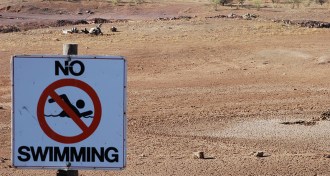 Climate
ClimateWarming’s role in extreme weather quantified
Scientists calculate how much to blame human-driven climate change for extreme high temperatures and heavy rainfall.
By Beth Mole -
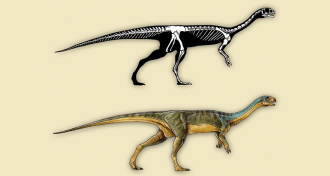 Paleontology
Paleontology‘Frankenstein’ dinosaur was a mash-up of meat eater and plant eater
Fossils of a bizarre-looking dinosaur found in Chile are challenging ideas about how dinosaurs adapted to their environments.
-
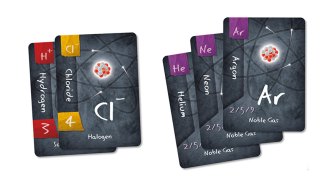 Chemistry
ChemistryA chemistry card game forges bonds
A new card game lets players brush up on chemistry by making compounds out of ions. Form some bonds and have fun in the process.
-
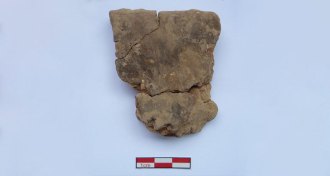 Anthropology
AnthropologyPots from hunter-gatherer site in China tell tale of lifestyle shift
Chinese foragers settled down and made pottery shortly before farming’s ascent.
By Bruce Bower -
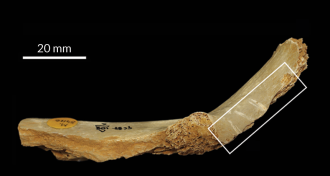 Anthropology
AnthropologyRitual cannibalism occurred in England 14,700 years ago
Human bones show signs of ritual cannibalism in England 14,700 years ago.
By Bruce Bower -
 Astronomy
AstronomyLit-up gas clouds hint at galaxies’ violent pasts
Voorwerpjes, tendrils of gas that orbit galaxies, continue to glow tens of thousands of years after being blasted with ultraviolet radiation.
-
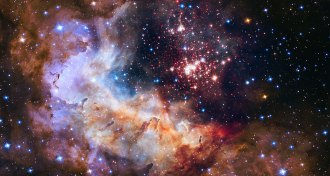 Astronomy
AstronomyAstronomers celebrating Hubble’s past focus on its future
Astronomers celebrate the 25th anniversary of the Hubble Space Telescope by reflecting on its diversity and looking ahead to the future.
-
 Astronomy
AstronomyCosmic threesomes make some galaxies run away
Extremely rare, free-floating galaxies called compact ellipticals may have been ejected from their home clusters after a massive intergalactic meet-up.
-
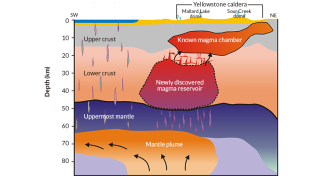 Earth
EarthMassive magma pool found deep below Yellowstone
Earthquake waves reveal massive magma reservoir deep inside the Yellowstone supervolcano.
-
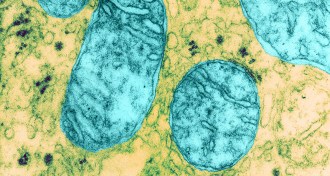 Genetics
GeneticsGenetic editing can delete deleterious mitochondria
A new technique slates mutant mitochondria for destruction.
-

-
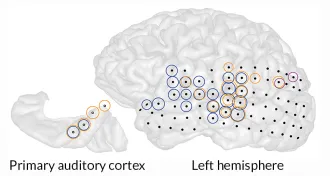 Neuroscience
NeuroscienceTinnitus causes widespread trouble
People don’t just hear the phantom ringing of tinnitus in the part of the brain that processes sounds.